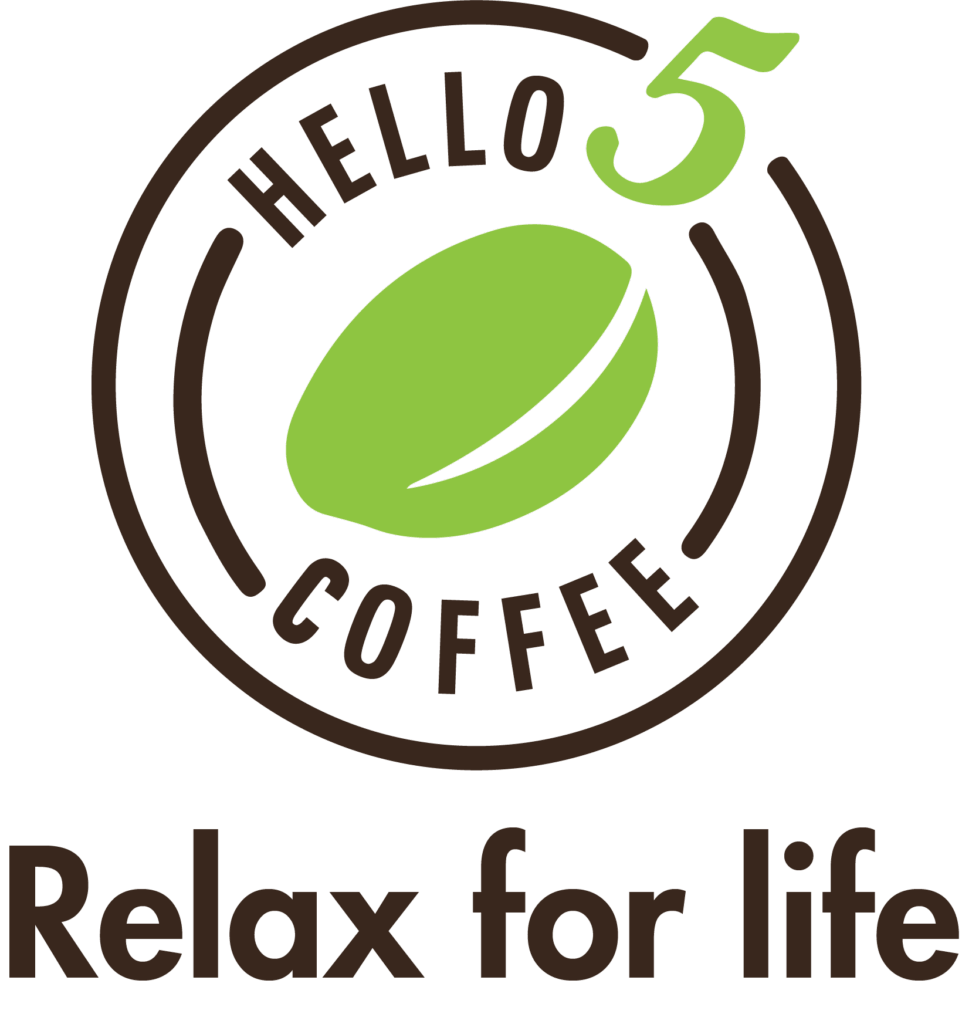When it comes to Vietnamese coffee, many international visitors are not only curious but also fascinated by its uniquely bold flavor. On forums, questions like “Vietnamese coffee strong?”, “Is Vietnamese coffee stronger than espresso?” appear frequently. This shows that Vietnamese coffee has become a phenomenon: both a high-caffeine beverage and a cultural icon.
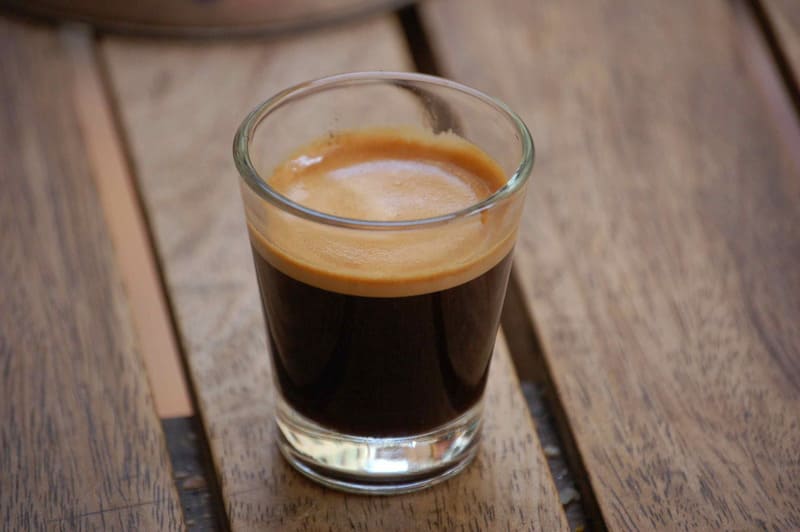
So how strong is Vietnamese coffee, and why is it considered one of the most distinctive types of coffee in the world?
Vietnam is the kingdom of Robusta and the source of strength
Vietnam is currently the world’s second-largest coffee exporter, just after Brazil. But the difference lies in the fact that 95–97% of Vietnam’s coffee production is Robusta, while Brazil and Colombia are famous for Arabica.
Robusta is not as sweet and smooth as Arabica, but it contains nearly twice the caffeine (2.0–2.7% compared to 1.0–1.5%). It is also richer in chlorogenic acid and phenolic compounds, which intensify bitterness and enhance the “wake-up” effect. This biological mechanism explains why Vietnamese coffee delivers such a powerful and long-lasting alertness.
In 2023, Vietnam exported about 1.62 million tons of coffee, earning more than USD 4.24 billion. This not only highlights Vietnam’s global position but also shows that Vietnamese Robusta is becoming increasingly influential on the world coffee map.
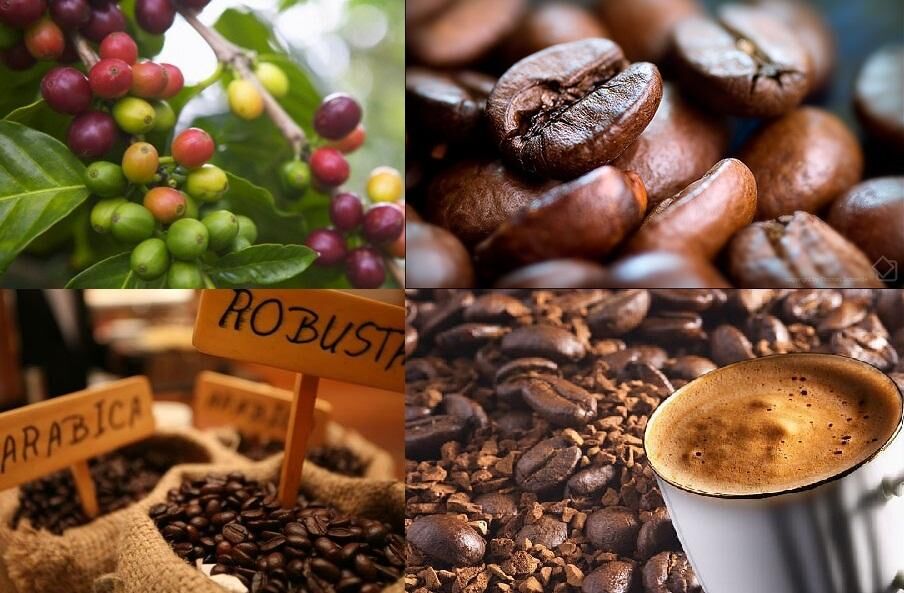
Read more: What makes Vietnamese coffee so special
How strong is Vietnamese coffee?
A cup of Vietnamese drip coffee (about 120–150 ml) typically contains 120–150 mg of caffeine, which can be higher than espresso. Some studies record up to 265 mg of caffeine in 240 ml of drip coffee, more than double the average American coffee (100 mg). Meanwhile, a single espresso shot (30 ml) contains about 65 mg of caffeine, and a double shot (60 ml) reaches 126–150 mg.
In short: Espresso tastes more concentrated in a small volume, but Vietnamese drip coffee is stronger in terms of total caffeine intake per serving.
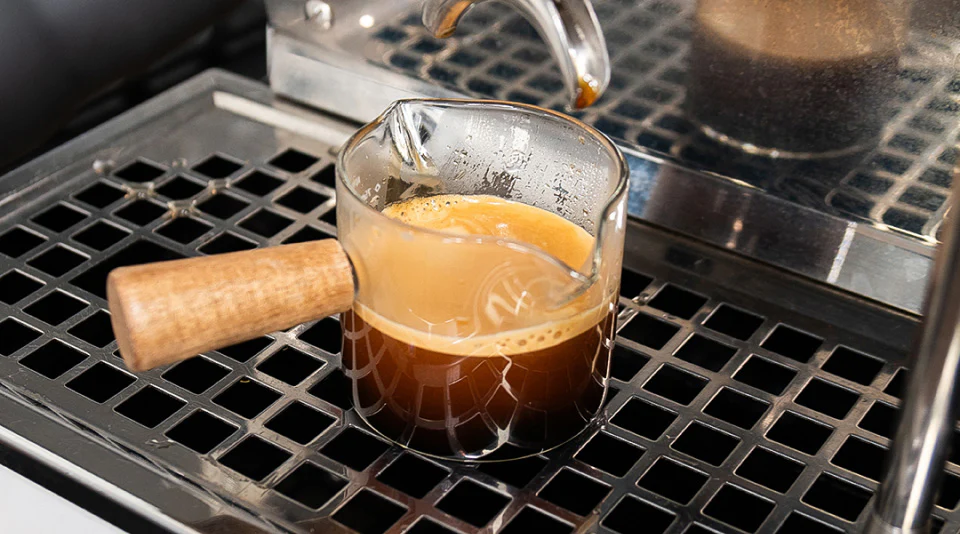
Vietnamese Coffee vs Espresso: Caffeine content comparison
| Type of Coffee | Serving Size | Average Caffeine (mg) | Notes |
| Vietnamese drip coffee | 120–150 ml | 120–150 mg (up to 265 mg per 240 ml) |
Stronger total caffeine due to Robusta beans and slow extraction
|
| Espresso (single shot) | 30 ml | ~65 mg |
Very concentrated flavor, but lower caffeine overall
|
| Espresso (double shot) | 60 ml | 126–150 mg |
Comparable to one cup of Vietnamese drip
|
| American drip coffee | 240 ml | ~95–100 mg |
Milder, more diluted compared to Vietnamese style
|
The difference between “strong in caffeine” and “strong in flavor”
Interestingly, “strength” in coffee has two meanings. Espresso is considered strong because of its concentrated flavor in just 30 ml, but its caffeine content is not that high. Vietnamese coffee, on the other hand, is strong in terms of physiology: one drip cup gives the body a higher caffeine load, producing a clearer and longer-lasting effect. This difference is often overlooked, yet it is key to understanding what makes “Vietnamese coffee strong.”
Coffee culture: Where strength is amplified
Vietnamese coffee cannot be separated from its cultural context. Italians usually drink espresso quickly, in just a few sips. In contrast, Vietnamese people enjoy lingering for hours with a slowly dripping phin filter. This means caffeine is absorbed gradually but in greater total amounts, providing prolonged alertness.
Thus, the “strength” of Vietnamese coffee lies not only in the bean or the brewing method but also in the way it is consumed. It reflects the rhythm of daily life: one cup can keep a worker awake for half a day, or keep friends chatting for hours.
The socio-economic angle: Why strong coffee became a cultural identity
Vietnam’s taste for strong coffee didn’t happen by chance. In a society deeply rooted in agriculture and manual labor, a powerful drink that sustains energy was a practical necessity. From this reality, the culture of “the stronger, the better” took shape and persists today.
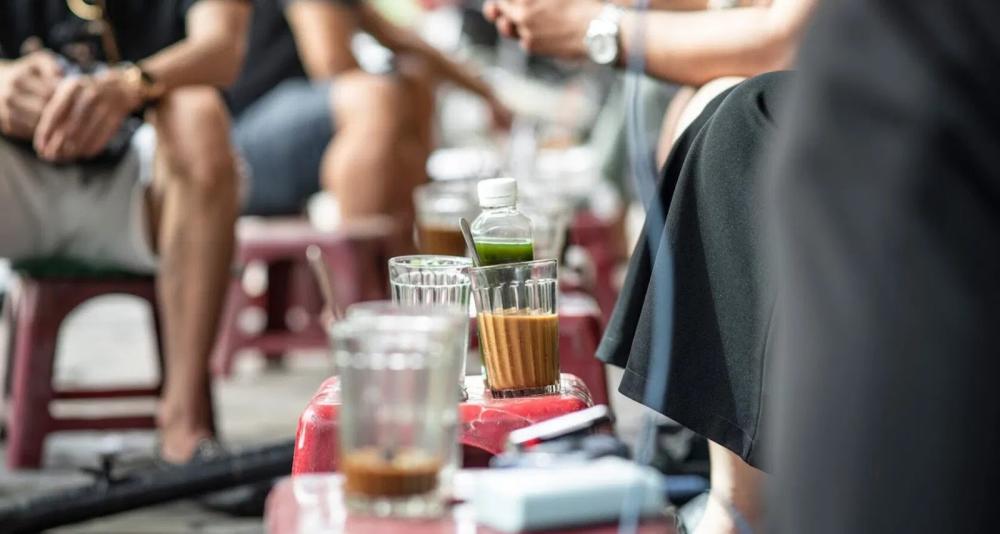
If Brazil or Colombia produce Arabica to please refined palates, Vietnam produces Robusta to meet the demand for long-lasting energy. One could even put it this way: Espresso is a short, sharp punch. Vietnamese drip coffee is an enduring strike that sustains energy for the whole day.
Is Vietnamese coffee the strongest in the world?
Compared to most common coffees, the answer is yes. However, there are specialty brands on the market like Death Wish or Black Insomnia, which contain up to 300–550 mg of caffeine per 240 ml cup. These are marketed more as challenges than as daily beverages.
The point is, Vietnamese coffee doesn’t need to claim to be “the strongest.” Its strength lies not in breaking records but in becoming a cultural symbol, balancing high caffeine with a lifestyle deeply intertwined with daily routines.
Health aspects: How much coffee is enough?
The U.S. FDA recommends that adults should not exceed 400 mg of caffeine per day. With a Vietnamese drip cup containing 120–160 mg, just two cups already bring you close to that safe threshold. This explains why Vietnamese coffee wakes you up quickly but may also cause sleeplessness if consumed late at night.
Vietnamese coffee is strong for three reasons: Robusta beans rich in caffeine, the slow phin brewing method that extracts thoroughly, and the cultural habit of drinking it bold. Compared with espresso, Vietnamese coffee is not only on par but can also surpass it in total caffeine per serving.
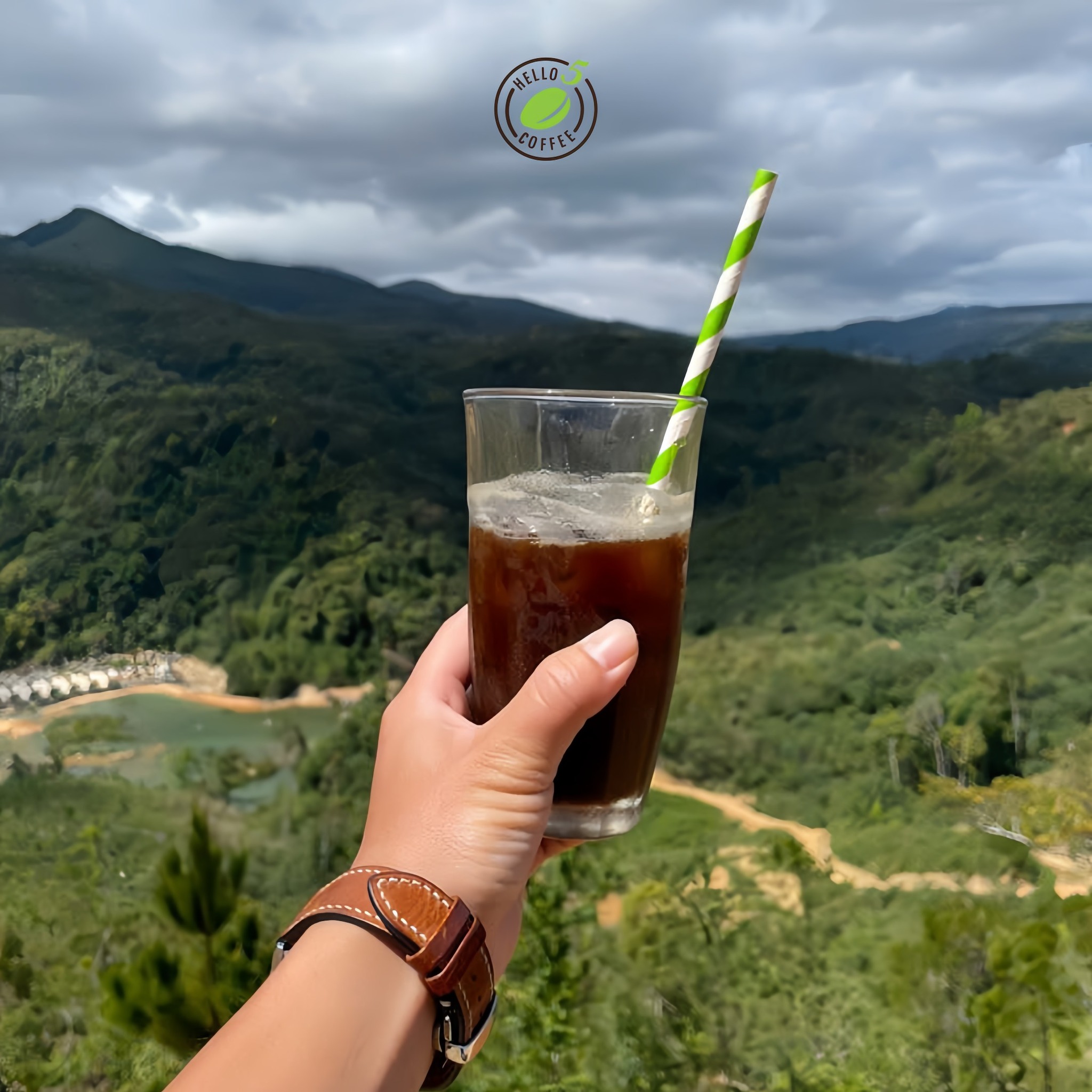
Most importantly, its strength goes beyond the cup itself. It has become a cultural emblem, tied to lifestyle, work, and everyday social moments. That’s why anyone who experiences it once can’t forget and often admits: “Vietnamese coffee is strong.”
If you want to experience this strength for yourself, try a cup of freshly roasted Vietnamese coffee from Hello 5 Coffee – preserving the authentic Vietnamese taste: bold, awakening, and full of character.
